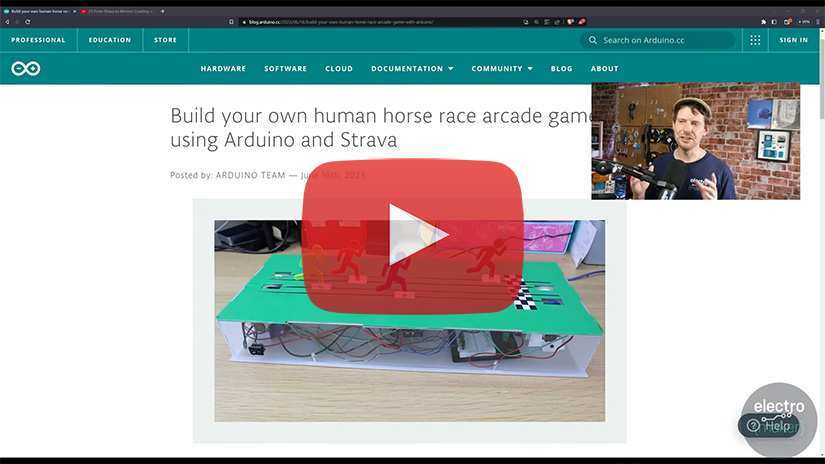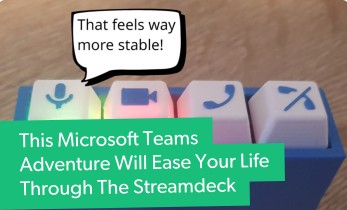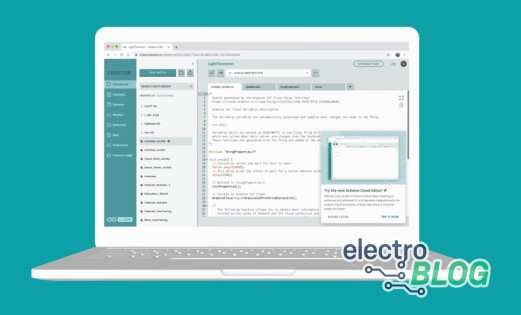Bring the Thrills of the Horse Race Arcade to Life with Arduino and Strava
If you are in a certain age bracket, you'll have fond memories of the mechanical horse race machines found in many arcades. The premise was simple: for a fee of 10 or 20 pence (or a quarter in the states), you could 'bet' on a horse to win. In hindsight, it's a machine that could easily be turned into a hobby Arduino project.
But what if we could add a unique twist to this classic arcade experience? In a fascinating video tutorial by element14's Lorraine Underwood, she demonstrates how to recreate the excitement of the horse race game using Arduino. However, instead of relying on random chance, the race's outcome is determined by the real-life running performance of athletes using the fitness app Strava. We talk about the build in this week's Electromaker Show:
Imagine a horse race arcade game where the jockeys are replaced by little 2D figures representing the players themselves. Instead of pressing buttons or pulling levers, the players actively participate by running to influence the success of their respective racers. Each player runs on their own schedule, and once everyone completes their run, the game determines the results by moving the figures across the track. This innovative twist breathes new life into the traditional horse race concept.
Incorporating Strava
To bring this unique game to life, Lorraine Underwood chose to utilize the Arduino UNO WiFi Rev2 board. This board provides the necessary connectivity to pull run data from the Strava API over the internet. Strava, a popular app for tracking runs using smartphones and smartwatches, seamlessly integrates with the game, ensuring accurate and reliable race results.
Achieving precise movement control is essential for an authentic racing experience. Underwood selected micro DC gear motors with belts for controlling the movement of each 2D figure. These motors (available in our store) come equipped with encoders, which play a crucial role in ensuring precise and accurate movement. To accommodate up to four players, Underwood incorporated a DFRobot quad DC motor shield into the Arduino setup, effectively driving the motors.
How it Works: Step by Step
The Arduino sketch establishes a connection to the local WiFi network, enabling communication with the Strava API. By pulling the distance covered by each runner from Strava, the sketch scales it down to match the length of the game track. The motors are then spun accordingly, propelling the figures forward until each one reaches its designated distance.
By combining the power of Arduino, Strava, and a creative twist on the traditional horse race arcade game, you can create a thrilling and interactive experience for players. Lorraine Underwood's video tutorial provides a comprehensive guide on building your own human-powered horse race game. We've included links to the parts needed to replicate this project, but for convenience, here they all are in one place:
If this isn't a great incentive to get out there and get a sweat on, I don't know what is! Get ready to lace up your running shoes, join the race, and experience the joy of bringing a classic arcade game to life in an entirely new way.
















































Leave your feedback...